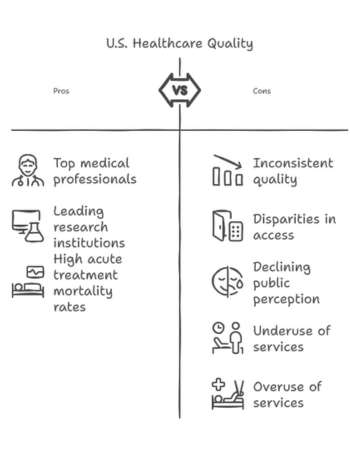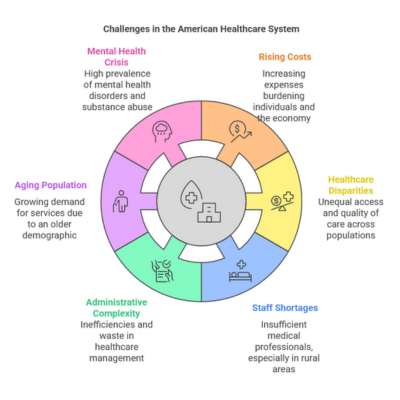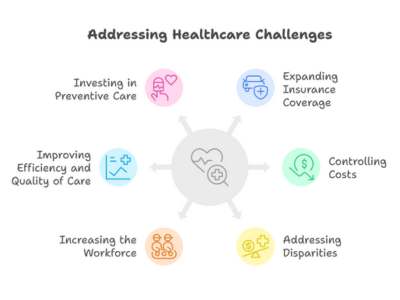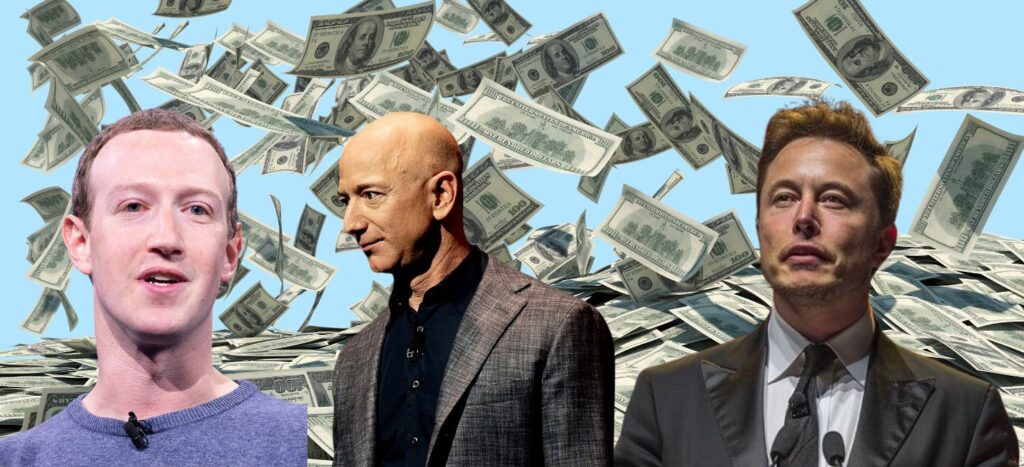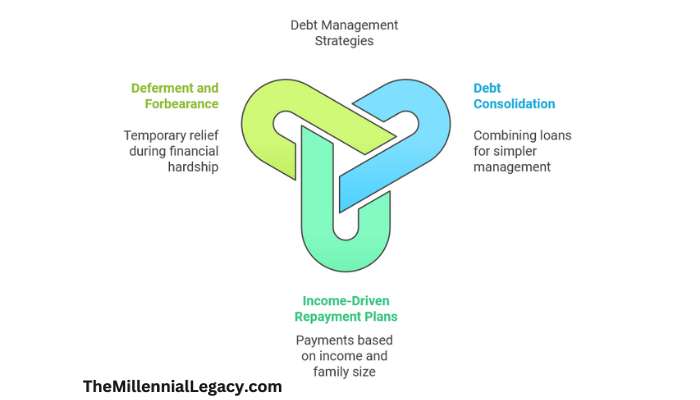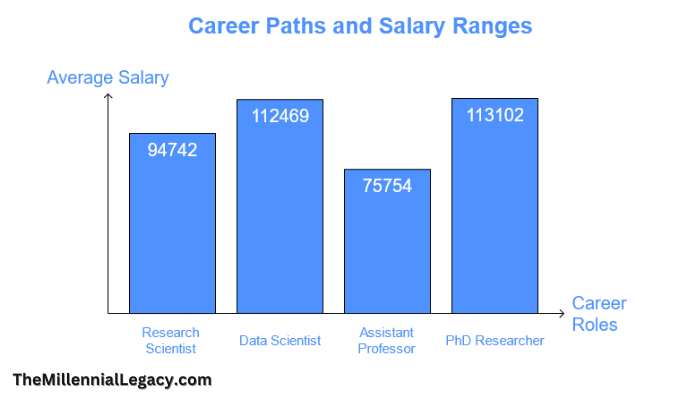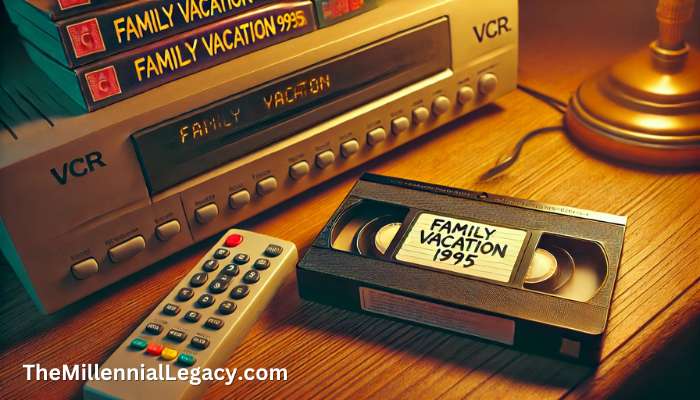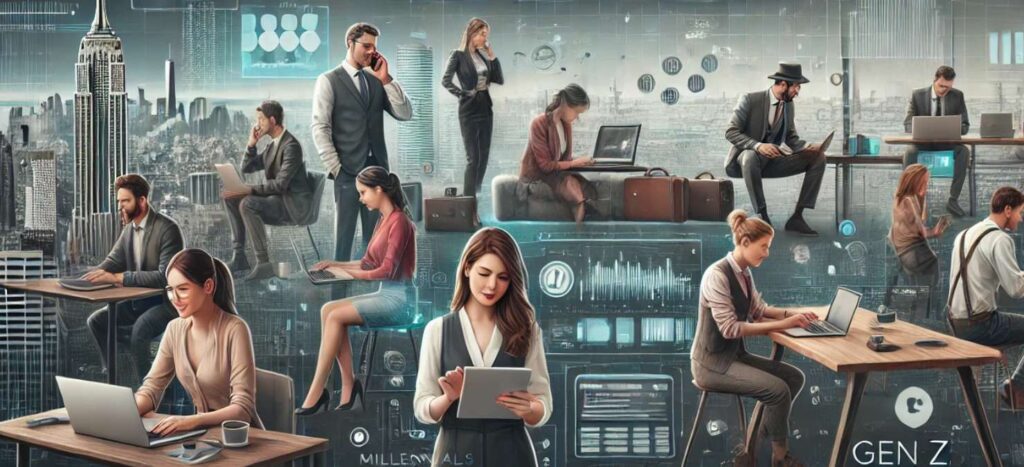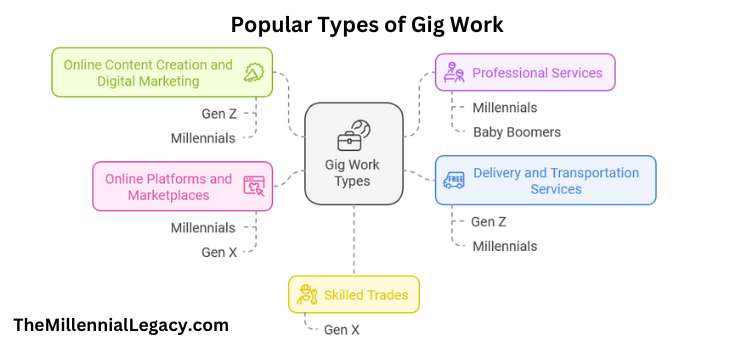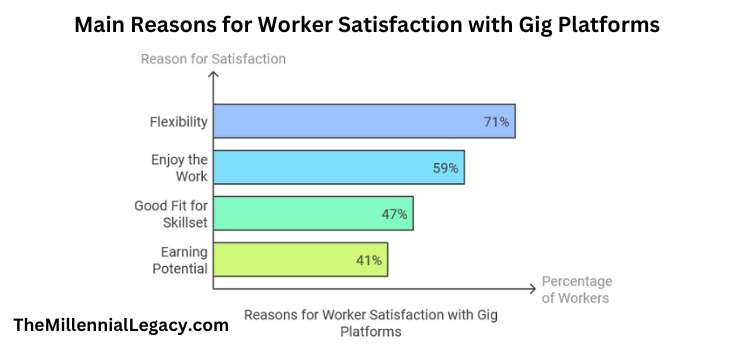Let’s face it: Instagram is basically the Millennial’s playground. With over 2 billion active users, Instagram has become the ultimate digital space for celebrities to shape culture, promote brands, and share their glamorous lives. But if we’re being real, when it comes to ruling the platform, it’s Millennials who have the largest share of the crown.
If you’ve ever wondered why it feels like every other Instagram post is a perfectly curated photo or a viral dance challenge, it’s because Millennials – those born between 1981 and 1996 – have mastered the art of this platform. Their influence stretches from pop culture icons to global entrepreneurs and activists. So, let’s take a look at the top 10 most-followed people on Instagram and see how much control this generation actually has over the platform.
When we break down the top 10 most-followed Instagram stars, it’s clear that Millennials are dominating. Of the top 10, a total of 6 are Millennials (born between 1981 and 1996), making up a solid 60% of the list! Gen Z is represented by 2 of the stars, with Kylie Jenner and Justin Bieber leading the charge for that generation. And while Gen X is represented by Kim Kardashian (born in 1980) and Dwayne “The Rock” Johnson (born in 1972), both of them have that undeniable Millennial appeal. Kim, in particular, may be Gen X by birth, but her social media savvy, entrepreneurial spirit, and cultural impact firmly place her in the Millennial camp in terms of influence.
Now that we’ve set the stage, let’s dive into the stars who are leading the charge on Instagram, starting with the top contender and his massive following.
1. Cristiano Ronaldo: The Millennial King of Instagram

Born in 1985, Cristiano Ronaldo is one of the most famous athletes in the world, and he’s also the most-followed person on Instagram. With a staggering 674 million followers, Ronaldo has transcended football stardom and become a global brand. He uses Instagram not just to share his training routines and family moments but to build his own empire, from advertising luxury brands to promoting his own CR7 fashion line. The influence he wields is so massive that it’s safe to say no one else is getting as much Instagram love as Ronaldo, who’s leading the pack.
2. Lionel Messi: Millennial Magic on the Field (and the ‘Gram)

Next up, we have Lionel Messi—born in 1987 and another Millennial powerhouse—who sits in second place with 505 million followers. Messi’s Instagram is a blend of football highlights, family life, and the occasional post celebrating his humble lifestyle. Just like Ronaldo, Messi’s fame stretches far beyond the sport he plays. But while Ronaldo is the Instagram king in terms of followers, Messi’s genuine and down-to-earth persona makes him beloved worldwide. The two soccer giants have found a perfect space on Instagram, capturing the attention of millions across the globe.
3. Selena Gomez: The Millennial Queen of Instagram
Selena Gomez—born in 1992—is the definition of Millennial stardom. With over 422 million followers, she’s one of the most influential people on Instagram. Selena’s posts range from glamorous photoshoots to mental health advocacy. She’s used her platform to speak about the importance of self-care, highlight important causes, and connect with her fans on a personal level. Oh, and let’s not forget her role as the face of many beauty and fashion brands. Whether she’s posting selfies, promoting her music, or simply sharing moments of her life, Selena has mastered the art of keeping her audience engaged.
4. Kylie Jenner: Gen Z? Maybe. Instagram Superstar? Definitely.

Here’s where things get interesting. Kylie Jenner, born in 1997, is officially a Gen Z. But with her over 395 million followers, she’s still managed to capture Millennial-level influence on Instagram. Kylie revolutionized beauty and social media, making “self-made” a buzzword when she built her cosmetics empire. Her Instagram is a mix of family photos, stunning selfies, and behind-the-scenes glimpses of her business ventures. And while her business success may be a Gen Z feat, it’s fair to say that Millennials paved the way for social media moguls like her, so we’re still claiming some of the credit.
5. Dwayne “The Rock” Johnson: Gen X, but a Millennial Favorite
Dwayne “The Rock” Johnson was born in 1972, which puts him in Generation X. But in case you haven’t noticed, he’s got that Millennial energy. With 395 million followers, The Rock is the epitome of how Gen X can merge with Millennial culture. His Instagram is a happy mixture of motivational posts, family moments, and his career updates. Whether he’s sharing his workout routine or promoting his tequila brand, Johnson has managed to position himself as a Millennial favorite despite being a Gen X-er himself. In fact, he’s even joked about considering himself a “Millennial trapped in a Gen X body”—and hey, we can get behind that.
6. Ariana Grande: A Millennial Superstar
Born in 1993, Ariana Grande is one of the most influential musicians of her generation. With over 376 million followers, her Instagram is an endless scroll of promotional posts, selfies, and love for her fans. What makes Ariana so special on Instagram is her ability to be both personal and glamorous, sharing everything from the latest album news to candid moments with her friends. She’s the perfect mix of relatable and untouchable—something that Millennials have perfected.
7. Kim Kardashian: Gen X, but with Millennial Appeal

Okay, Kim Kardashian is technically Gen X, born in 1980. But let’s not forget, she often refers to herself as a Millennial, too. With 358 million followers, Kim has turned Instagram into her own personal business platform. Her account is a masterclass in self-promotion, where she flaunts her family, fashion, and her ever-growing business empire. From her SKIMS brand to her advocacy work, Kim has solidified her spot as one of the most influential women of any generation. Even if she’s Gen X by birth, her Instagram game speaks Millennial—and she’s done more than enough to claim her place in the Instagram Hall of Fame.
8. Beyoncé: Millennial Royalty
There’s no question that Beyoncé is an icon. Born in 1981, she is at the very beginning of the Millennial generation. With 313 million followers, Beyoncé continues to set trends, from her music releases to her fashion choices. She’s the epitome of cool, confidence, and cultural impact, and her Instagram is a blend of artistic visuals and glimpses into her personal life. Beyoncé represents the Millennial ability to fuse pop culture with activism, and that’s why her following continues to grow.
9. Khloé Kardashian: A Millennial Mogul
Khloé Kardashian, born in 1984, is another Millennial on the list. With 304 million followers, she’s not just known for her reality TV presence, but also for her entrepreneurial ventures, including her fashion line and fitness brand. Like her sisters, Khloé has built an empire with Instagram as her primary tool for engagement. Whether she’s posting workout tips or family moments, Khloé’s authenticity resonates with her audience, and it’s why she continues to be a top influencer.
10. Justin Bieber: Millennial Music Sensation
Finally, we have Justin Bieber, born in 1994. With 294 million followers, Justin has been a staple on Instagram for over a decade. His account features a healthy mix of music promotions, family moments, and reflections on his journey to self-discovery. Bieber’s ability to share personal milestones has helped him maintain a devoted fanbase throughout the years. He may have started as a teen idol, but he’s grown into a respected artist—and his Instagram following is proof of his lasting influence.
While Instagram is home to a mix of celebrities from all generations, it’s clear that Millennials are running the show. From football players to musicians and beauty moguls, this generation has taken over the platform with authenticity, business savvy, and cultural influence. Of course, we can’t completely ignore Gen Z, who are bringing their own energy to the space, or Gen X, who have paved the way for many Instagram stars. But when it comes to follower counts and sheer influence, Millennials have earned their spot at the top.
So, let’s give it up for the generation that’s been killing it online: Millennial Instagram dominance is here to stay.







